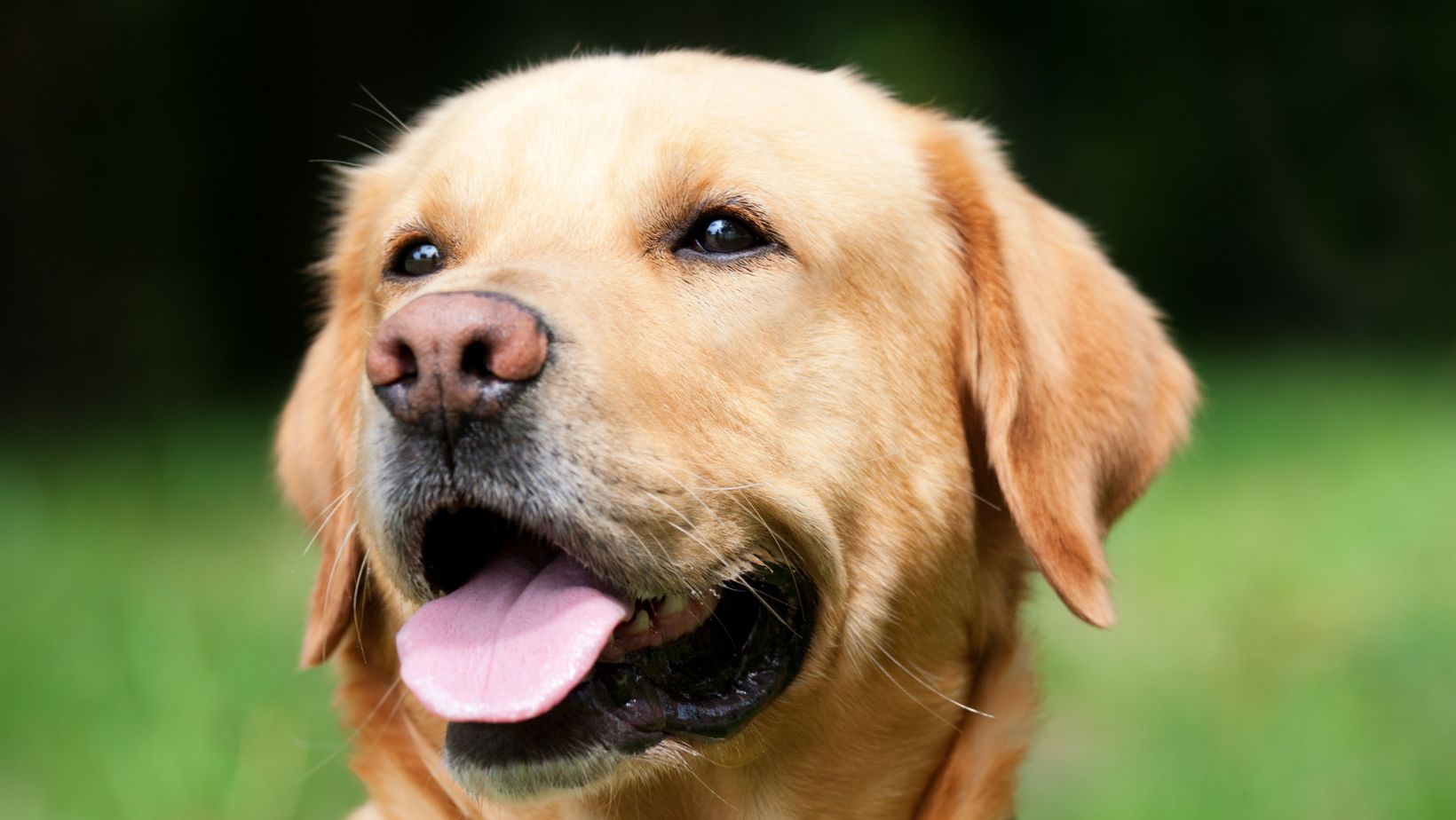How to Stop a Dog Fight Alone
Dealing with a dog fight can be a stressful and dangerous situation, but sometimes we find ourselves in the position of having to handle it alone. In this article, I’ll provide you with some valuable tips on how to stop a dog fight alone and what to do afterwards in order to ensure everyone’s safety.
When faced with a dog fight, the first instinct may be to panic or try to separate the dogs physically. However, it’s crucial to remain calm and avoid putting yourself at risk. One effective technique is to use distractions like loud noises or water sprays to divert their attention away from each other. By creating a sudden disruption, you can potentially break their focus and give yourself an opportunity to safely intervene.
How to Safely Stop a Dog Fight
When faced with the chaotic and intense situation of a dog fight, it’s crucial to know how to intervene safely and effectively. While it is always recommended to seek professional help when dealing with dog fights, there are steps you can take if you find yourself alone in this challenging scenario. Here are some guidelines on how to safely stop a dog fight:
- Stay calm: As difficult as it may be, maintaining a calm demeanor is essential. Dogs can sense fear and aggression, which may escalate the fight further. Take deep breaths and try to remain composed.
- Assess the situation: Before taking any action, assess the intensity of the fight from a safe distance. It’s important not to rush in impulsively without understanding the dynamics at play.
- Make loud noises or use distractions: Dogs often respond to loud noises or sudden distractions that divert their attention away from fighting. Clapping your hands, blowing a whistle, or even banging on nearby objects could potentially startle them enough to pause momentarily.
- Use tools or objects at hand: If available, try using an object such as a broomstick or umbrella handle to separate the dogs by wedging it between them without putting yourself at risk of being bitten.
- Avoid physical contact with your hands: While instinctively reaching out may seem like a natural response, it’s crucial not to use your bare hands during an active dog fight. The risk of getting bitten is high and can cause serious injury.
- Utilize water spray or hose: Water can be an effective tool for breaking up a dog fight without causing harm to either animal involved. If accessible, use a hose or water spray bottle directed towards their faces while keeping yourself at a safe distance.
- Call for help: Even if you feel confident in handling the situation alone, it’s still advisable to call for assistance as soon as possible while you work on separating the dogs. Professional help, such as animal control or a nearby veterinarian, can provide further guidance and support.

Assessing Injuries and Providing First Aid
When it comes to dealing with the aftermath of a dog fight, assessing injuries and providing first aid is crucial. Here are some important steps to take in order to ensure the well-being of all involved:
- Safety First: Before approaching any injured dogs, make sure you are safe from harm. Separate the fighting dogs if they are still aggressive or agitated. Use a long object like a broom or board to create distance between them without putting yourself at risk.
- Observe from a Distance: Once the dogs have been separated, give them some time to calm down before getting closer. Watch their behavior carefully from a safe distance to determine the severity of their injuries and identify any immediate threats.
- Approach with Caution: When it’s safe to do so, approach the injured dog slowly and calmly, avoiding sudden movements that may startle or provoke them further. Keep in mind that even if a dog appears calm, they may still be in pain or fearful.
- Assessing Injuries: Carefully examine each dog for any visible wounds or signs of distress. Look out for bleeding, limping, difficulty breathing, or obvious fractures. Pay attention not only to external injuries but also check for internal issues such as swelling or abnormal body temperature.
- Stabilize Severe Bleeding: If you notice severe bleeding on either dog, your priority should be stopping it as quickly as possible. Apply gentle pressure using clean cloth or gauze directly on the wound until professional help can be sought.
- Providing First Aid: Depending on the nature of the injuries and your level of expertise, administer basic first aid measures such as cleaning wounds with antiseptic solution (if available) and bandaging them securely but not too tightly.